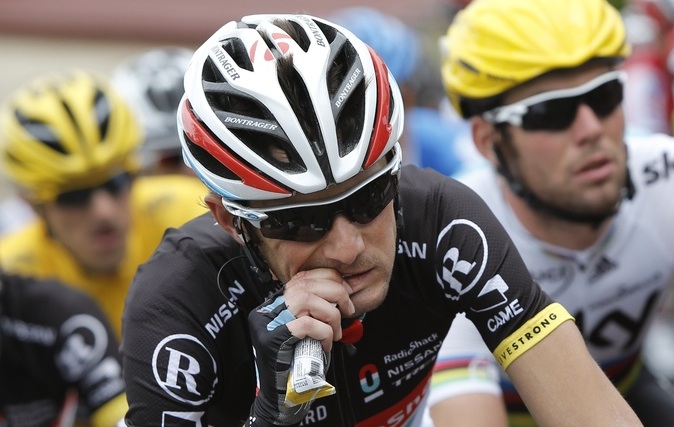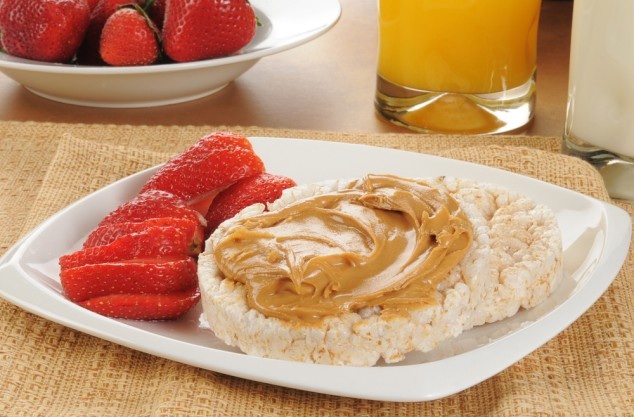
It’s not always possible to eat like a cyclist, but it’s a vital part of your performance on the road. Food is fuel, some work better than others. Some aid your efforts, while others hamper it. Convenience stores, and mom-and-pop grocery stores have become a staple in long distance cycling because they’re everywhere. It’s not that difficult to find nutrition if you know what to reach for.
Lots of Choices
Some cyclists can eat anything they want to, but most cyclists agree that pop-tarts and cookies can cause your blood-sugar to spike and crash, leading you right into the wall. While not everything is edible in a convenience store, there are choices that can fuel your body better than others.
Calorie Rate
The calories burned biking varies per individual and the intensity that they ride; however, a ball park is that an average sized cyclist at a moderate pace will burn anywhere from 500 – 700 calories per hour and serious rides can last between 6 and 8 hours. That much time in the saddle depletes your fuel tank completely. But even if you’re not out there all day, it’s a good idea to consume around 300 calories an hour while riding. It keeps your performance from dropping, and helps you recover better after the ride.
Cycling Specific Calories
Cycling specific gels and other products are lightweight, and designed for cyclists to carry with them. They provide calories fast and efficiently. The average gel pack typically provides 80 to about 100 calories per serving. They’re perfect for cruising around the countryside, or shorter training rides. But on a century ride, it means that you would have to carry 15 or 20 gel packs or energy bars in your jersey pockets, underseat packs and heaven forbid, a pannier to store enough of them.
Hydration is Heavy
Hydration is another issue. Your fluid intake varies per cyclist, but it’s recommended that you drink one 16-ounce bottle per hour in cool weather, and up to as many as three bottles per hour in extremely hot weather. Your body can only process approximately 1.5 litres of fluid per hour. Can you imagine carrying this much weight, not to mention bulk, for the duration of longer rides.
Convenient Sustenance
It just makes good sense to plan your century or any long distance ride around aid stations in the form of convenience stores. It’s become the norm for long distance cycling. But what’s best? The shelves are filled with products of all kinds. Convenience stores are definitely not cycling specific. They’re geared to high-fat foods with lots of sugar that are more appropriate for truck drivers, travelers with the munchies, or children. With that in mind, what are some of the products that can fuel your ride without making you sick?
What To Eat On a Ride
The Fruit Group
Depending on the convenience store, fruit is sometimes available. Fruit is almost always a good choice if you can find it, but if you’re not accustomed to eating some types of fruit — grapes come to mind — they can actually upset your stomach, or worse, a case of diarrhea, one of the worst conditions a cyclists can suffer when on the road. It’s good to know your own body and how it reacts ahead of time before reaching for some types of fruit.
Bananas
Bananas have always been at the top of the list for cycling cuisine. It’s a no-brainer to grab them if the convenience store has them. The average banana has about 105 calories, 30 grams of carbohydrates, and 422 mg of potassium. They could be the perfect fruit for cycling.
Apples
Apples are great for sustained energy. One medium-sized apple contains about 100 calories and 17 grams of carbs. High in fiber, apples can help to make your empty tank feel full again.
Raisins
A handful of raisins is packed with more vitamins, electrolytes, anti-oxidants, and minerals than almost any other fruit, they’re a great source for energy. A one-ounce box of raisins has about 85 calories and 22 grams of carbohydrates. They also will give you 210 mg of potassium.
The Carb Group
Energy Bars
Lots of convenience stores stock energy bars, and you’ve probably got your favorites. But whatever you choose, make sure to look at the label before you buy it and eat it. Check to see if the product will make you sick, they’re not created equal. Some cyclists have special health plans, and all the additives may no be copacetic with overall health plans. Some of the “health” or “energy” bars are simply glorified candy or pastries, loaded with high fructose corn syrup and more chemicals than you can imagine.
Fig Newtons
Aside from the fact that they contain white flour and high fructose corn syrup, fig newtons are one of the best convenience store choices for cyclists. A 2-ounce package of fig newtons contains about 200 calories with 40 grams of carbohydrates. They also provide 200 mg of sodium, and 2 grams of protein. Fig newtons are not new to cycling, and could be considered the original energy bar.
Beef Jerkey
A one-ounce package of beef jerkey roughly contains about 130 calories, 26 grams of protein and 1470 mg of sodium, yea, it’s salty. But since there is only about 1.5 grams of fat in that same package it doesn’t typically impact digestion while cycling. Jerky can provide the thing that’s missing from other sweet snacks that don’t satisfy your hunger.
Dairy
If you prefer a high protein snack — doctors orders perhaps — a one-ounce stick of mozzarella has about 80 calories and 7 grams of protein. Milk and chocolate milk are also top choices by some cyclists, but others can’t tolerate lactose-based products on long rides. This is another product you should test before consuming on a long ride.
Vital Hydration
Sports drinks are always a good choice for hydration if you have no health issues prohibiting them. A 20-ounce bottle of sports drink such as Gatorade typically has about 130 calories and 35 grams of carbohydrates. Each bottle also has around 270 mg of sodium and 80 mg of potassium. Most convenience stores stock plenty of choices for hydration — that’s a huge part of their overall profit — and you’ve probably got your favorites. If you’re not sure, water will do just fine. Soda, even though it might be what sounds the best, should be avoided. The bubble action gives you the vapors.
